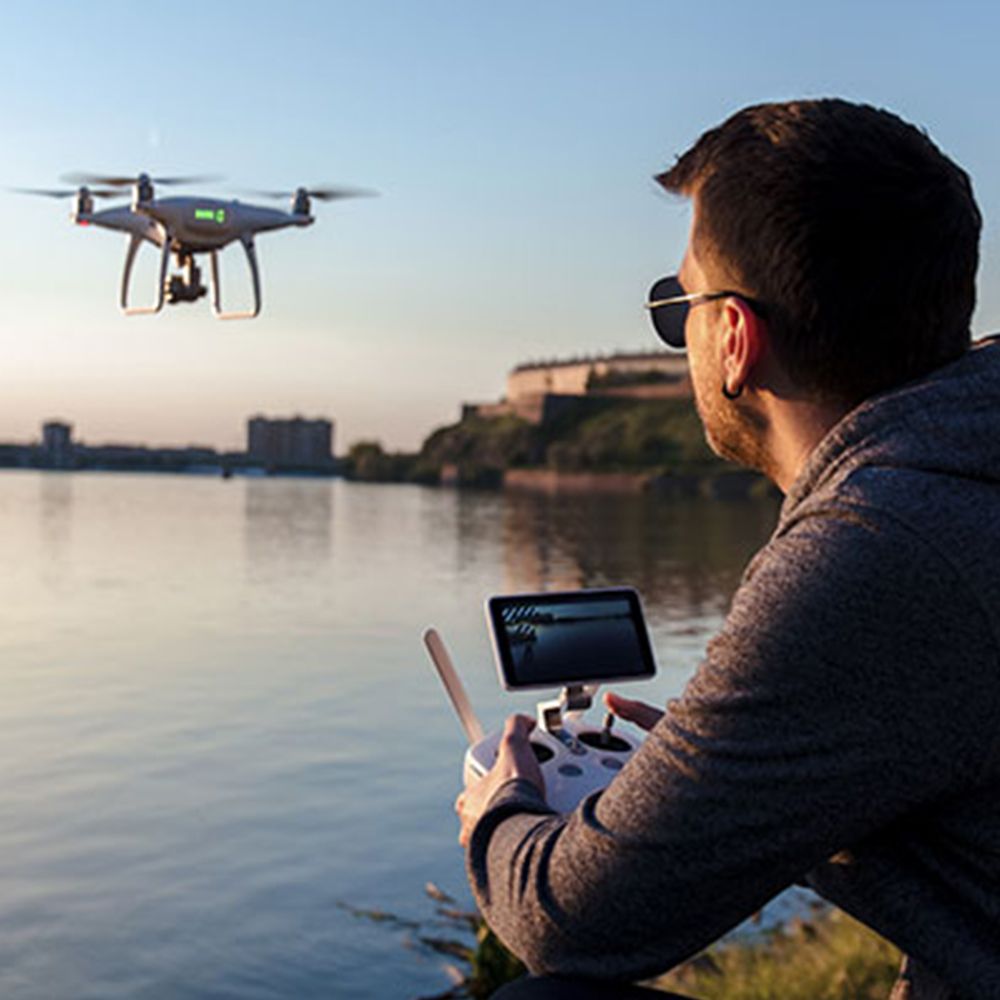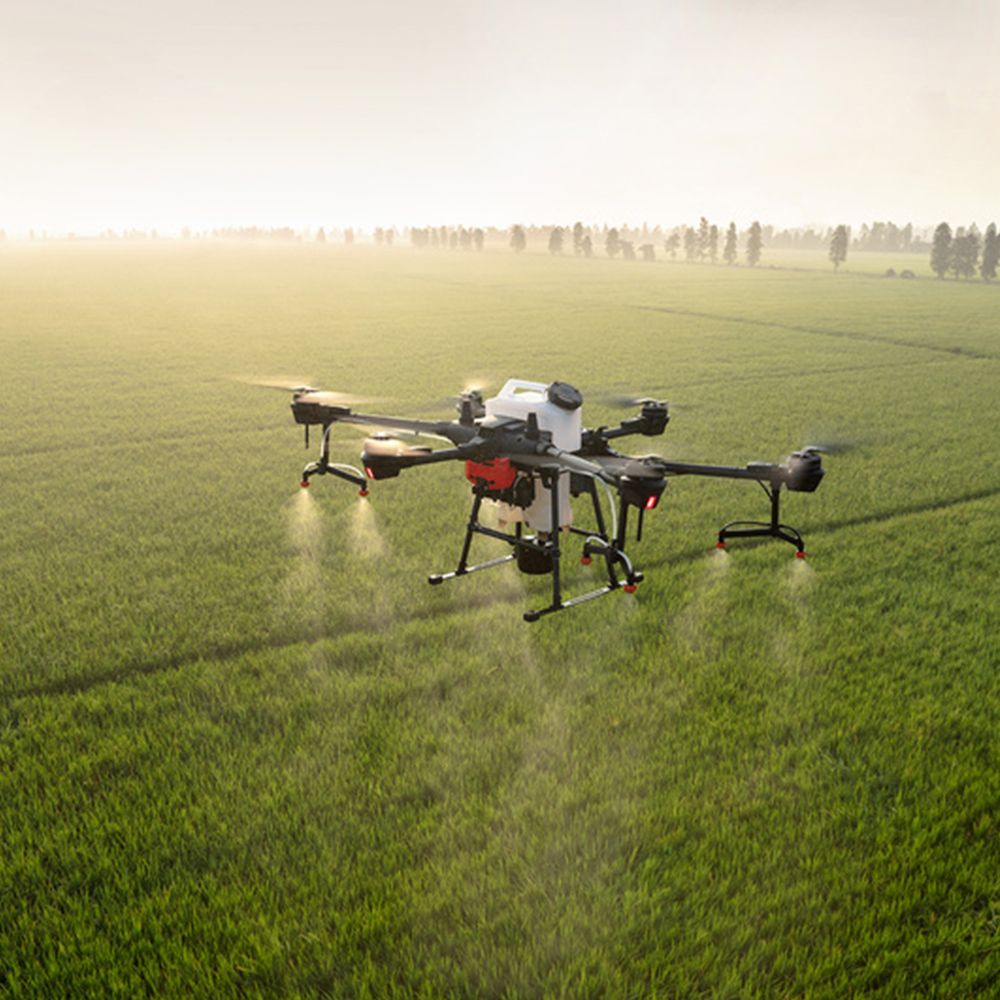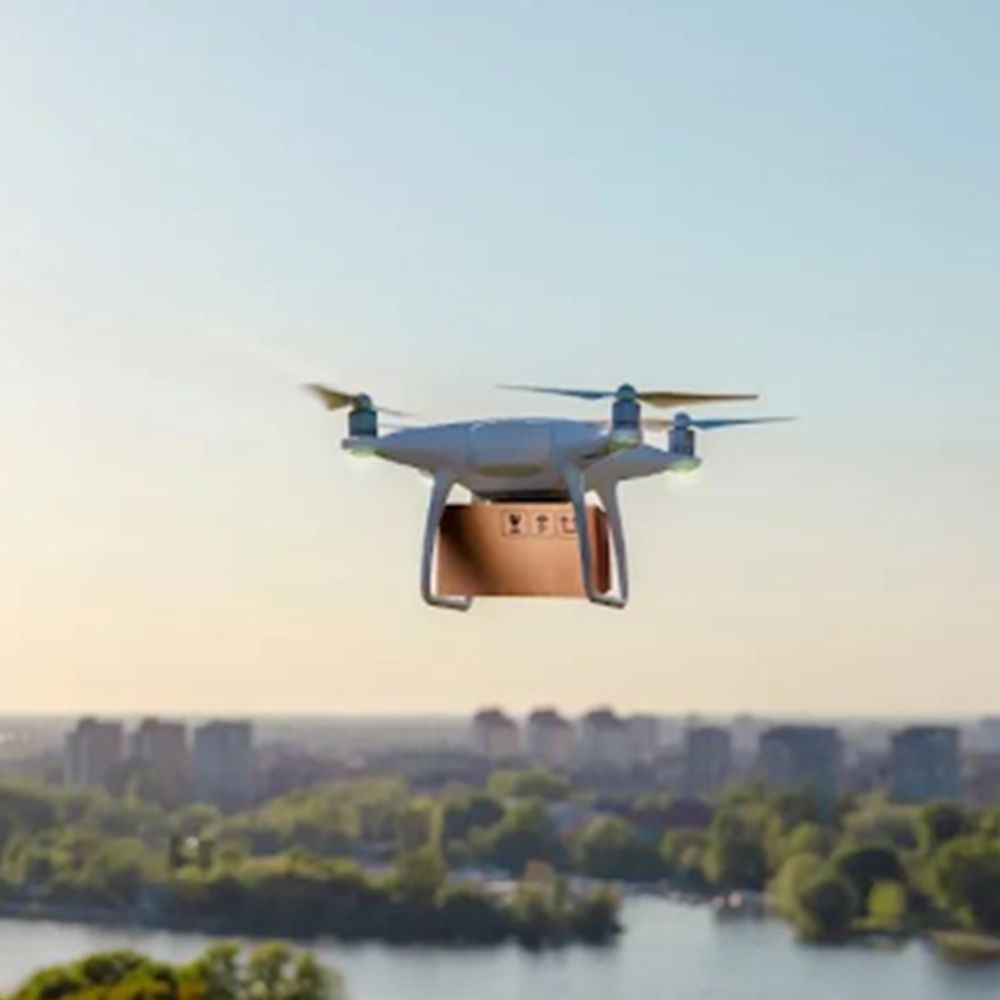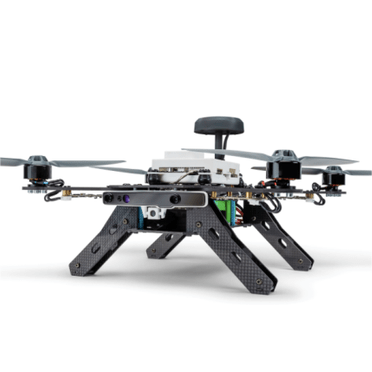Explore how solar-powered drones are enabling longer flights, reducing costs, and offering sustainable solutions for many industries.
Solar-Powered Drones: The Future of Long-Endurance Flights
As drone technology evolves, flight time remains one of the biggest challenges. Traditional drones rely on batteries or fuel, which limits their range and endurance. But now, solar-powered drones are changing the game. These innovative UAVs (Unmanned Aerial Vehicles) use sunlight to extend their flight time, making them ideal for long-term missions.
Let’s take a closer look at how solar drones work and why they matter.
1. How Solar Drones Work
Solar-powered drones use lightweight solar panels installed on their wings or body. These panels absorb sunlight and convert it into electricity. The energy powers the drone directly and charges its onboard battery. When sunlight is low, the battery takes over.
This setup allows solar drones to fly for hours—or even days—without landing. In some cases, solar UAVs can stay airborne for months at high altitudes.
Want to explore our drone models built for long missions? Visit our UAV Solutions page.


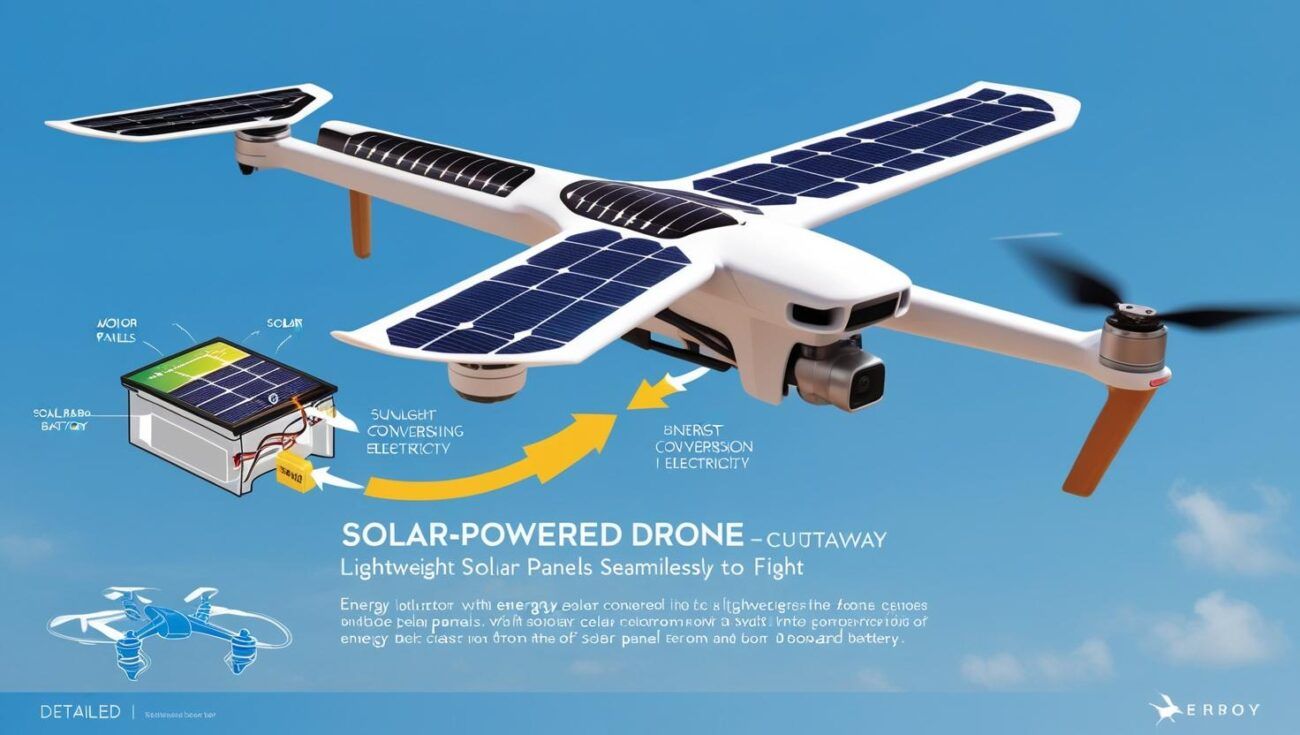
2. Why Solar Power Matters
Long-endurance is critical for many drone applications. With solar energy, drones can cover large areas without constant recharging. This lowers operational costs and reduces the need for multiple launch sites.
Plus, solar power is clean and renewable. It produces zero emissions, making it perfect for environmental monitoring, wildlife protection, and scientific research.
For example, organizations like NASA y Airbus are testing solar drones for near-space missions and climate studies. Read more about NASA’s Pathfinder project here.
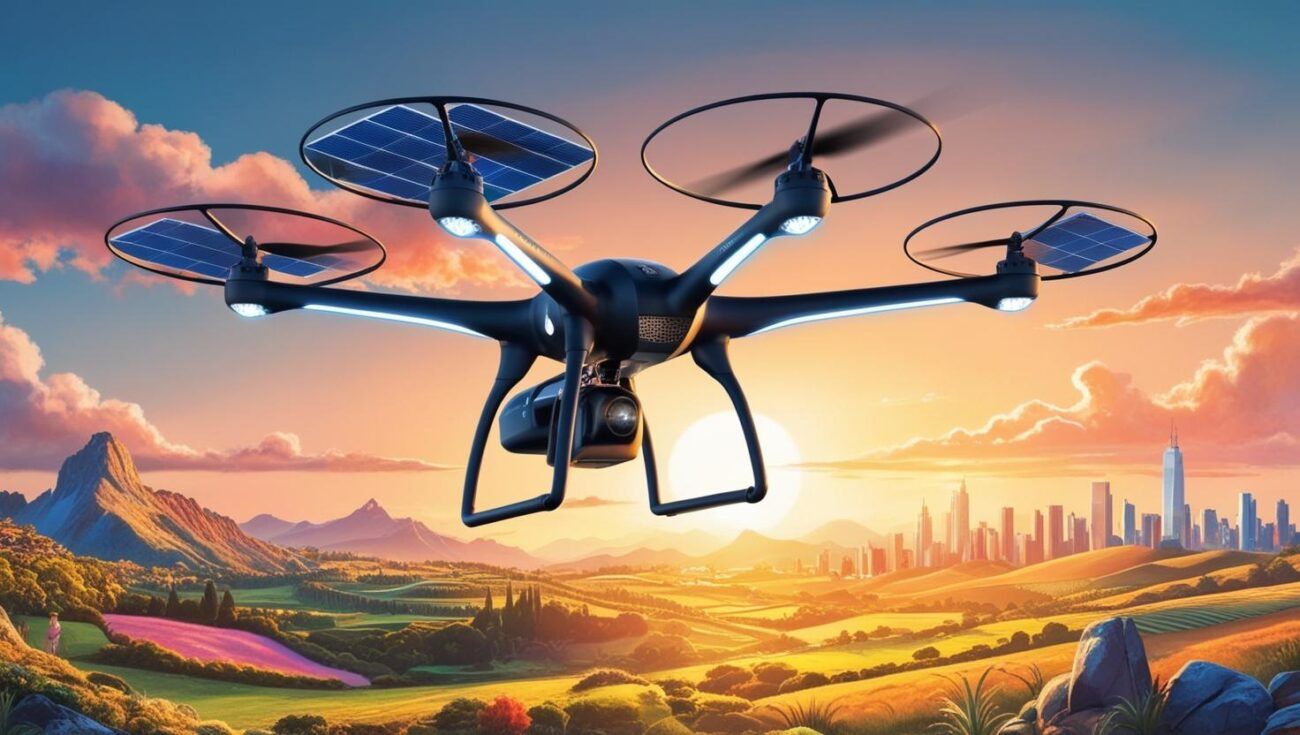
3. Ideal Use Cases
Solar-powered drones work best in areas with lots of sunlight and minimal cloud cover. Here are some key applications:
- Agriculture: Monitor crops and irrigation over large fields.
- Border Surveillance: Fly for extended periods without refueling.
- Disaster Response: Stay in the air during search and rescue operations.
- Telecommunications: Serve as temporary communication relays in remote zones.
- Environmental Research: Track animal movements and deforestation from above.
These missions benefit from long, uninterrupted flights—and that’s exactly what solar drones provide.
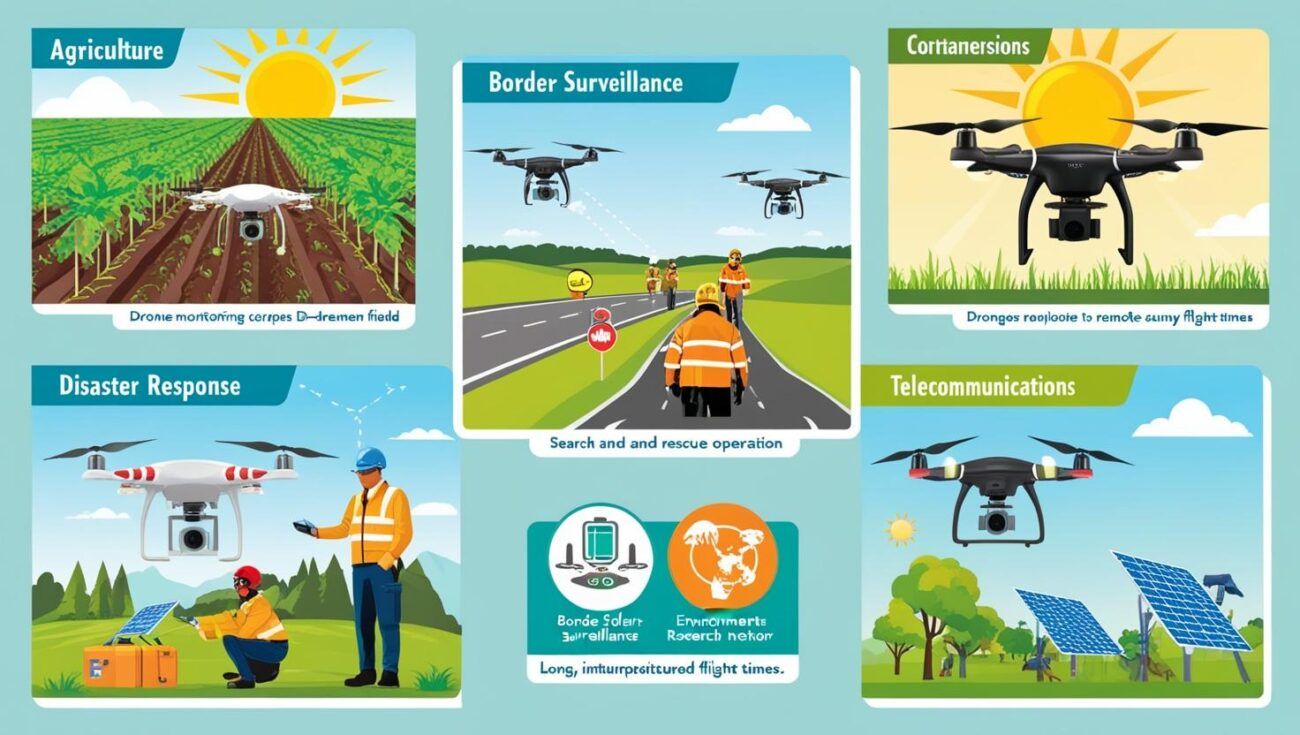
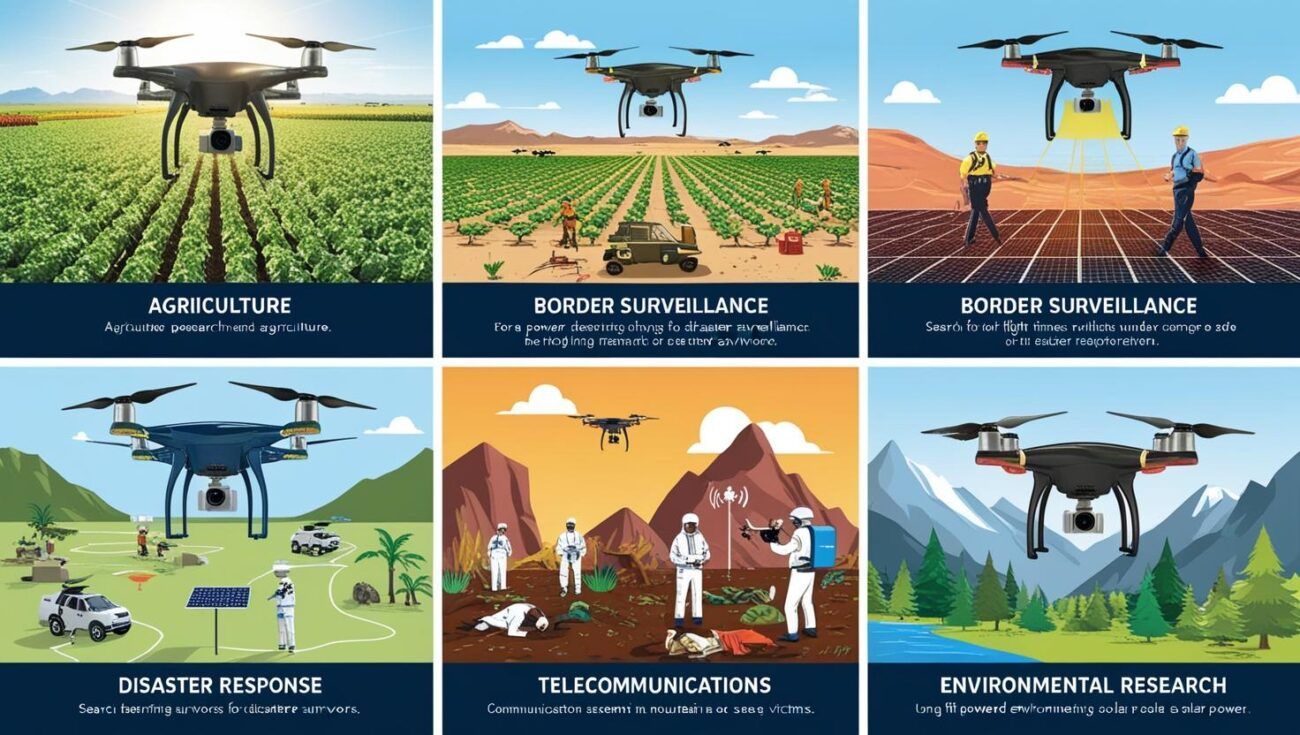
4. Challenges to Consider
Solar drones aren’t perfect. Cloudy weather can limit their performance. They also need lightweight materials and smart design to fly efficiently. However, as solar technology improves, these limitations are becoming easier to overcome.
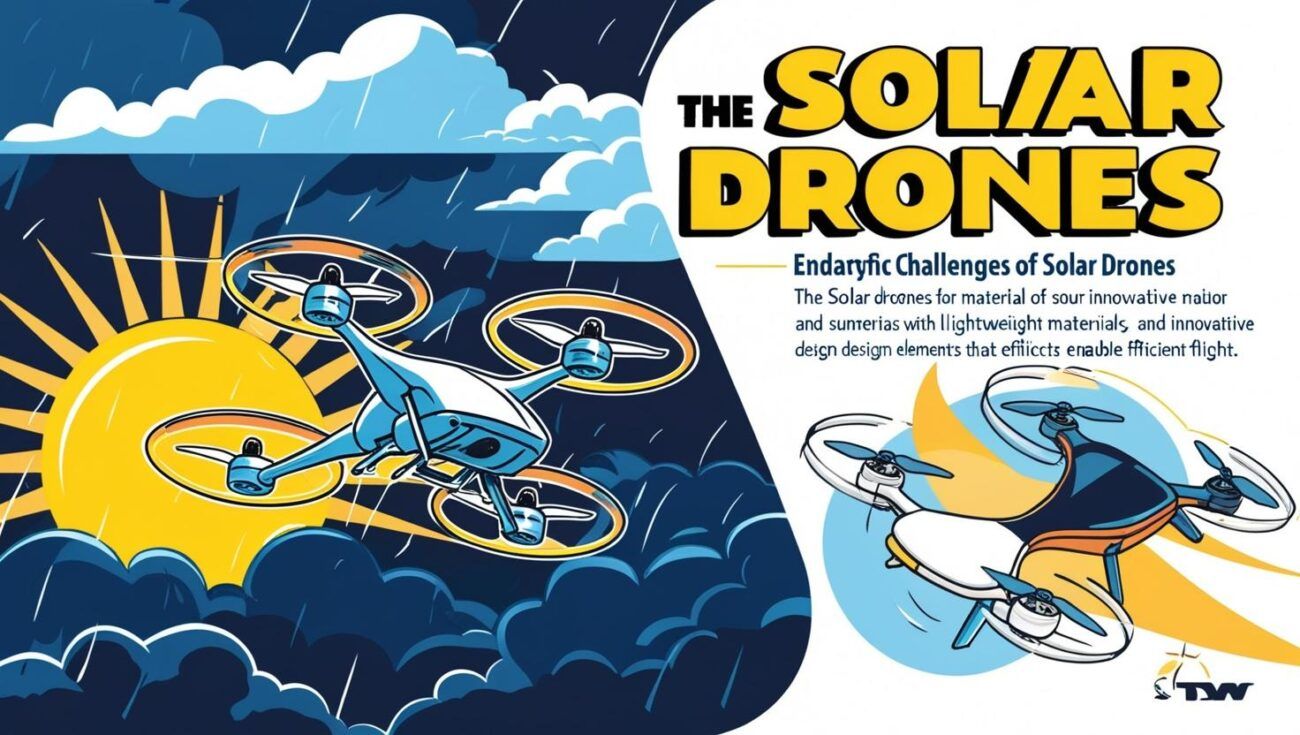
Reflexiones finales
Solar-powered drones are leading the way toward longer, greener, and smarter flight solutions. They offer huge benefits for industries that need endurance, flexibility, and sustainability.
At CAE UJT, we are proud to support innovation in the drone space. Whether you’re planning long-range missions or exploring energy-efficient options, we’re here to help. Browse our UAV collections and discover the future of flight today.
Facebook: Caeujt
Instagram: caeujt
TikTok: dron7401
Gorjeo: caeujtdrone

